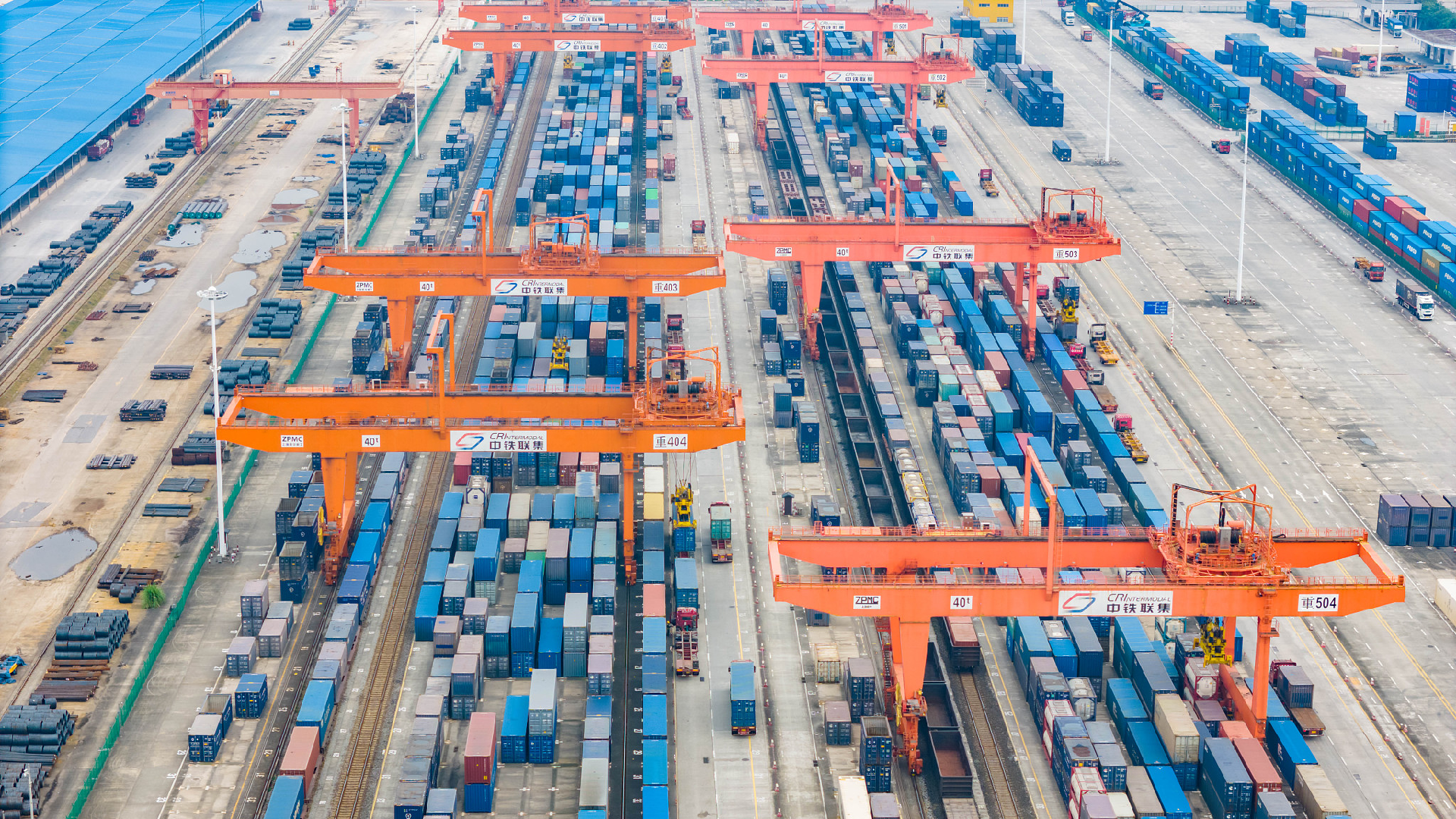International Land-Sea Trade Corridor Links 523 Ports Globally
In the last five years, the New International Land-Sea Trade Corridor has grown to connect with 523 ports across 124 countries and regions.

Initiated in 2017, this corridor is a trade and logistics route established by provincial-level regions in western China alongside ASEAN members. Centered in southwest China's Chongqing Municipality, the corridor links global ports using railways, sea routes, and highways, passing through southern Chinese provinces such as Guangxi and Yunnan.
Data released on Monday by the coordination center for logistics and operation of the New International Land-Sea Trade Corridor shows that more than 30,000 China-Europe freight trains have utilized this trade corridor.
Between 2019 and 2023, the annual freight volume from Chongqing rose by 50 percent, 45 percent, 54 percent, 32 percent, and 21 percent year on year, respectively.
In the same period, the assortment of goods transported via the corridor increased from over 80 types to more than 1,150 types. These goods span a broad range of categories, including electronic products, vehicles and components, machinery, small household appliances, and food. The corridor has now reached a near equilibrium between inbound and outbound shipments.
Leveraging the fast and efficient corridor, specialty products from western China like goji berry juice and red wine from Ningxia, oranges from Chongqing, and tea from Guizhou have emerged as significant contributors to local foreign trade. Moreover, the export of new energy vehicles from these regions has accelerated, with local automotive companies setting up factories in Southeast Asian countries.
Conversely, Southeast Asian specialty products such as Thai durians and Vietnamese basa fish are entering the Chinese market at a faster pace thanks to the corridor.
The coordination center for logistics and operation of the New International Land-Sea Trade Corridor remarked that the corridor promotes the opening up and development of western China while simultaneously creating new opportunities for countries participating in the Belt and Road Initiative.
Anna Muller contributed to this report for TROIB News
Discover more Science and Technology news updates in TROIB Sci-Tech












